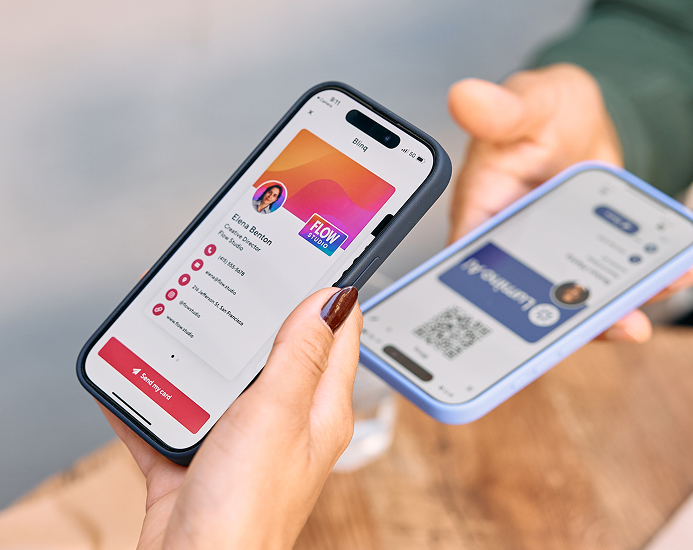Key Takeaways

Digital transformation in real estate started about a decade ago, with the PropTech (property technology) sector raising $250 million in venture capital. But in 2022, PropTech reached mesmerizing heights, as VC poured $13.1 billion into the industry, causing it to outperform the global venture capital market. In 2023, in order to adapt to these digital transformations in real estate, pay attention to these trends.
Digital journeys
43% of US homebuyers are millennials, and 63% of clients are more likely to return to websites providing virtual chat support. Combining these two stats with common sense proves younger buyers, as they naturally grow older and seek a home, will become your target audience, and that because they grew up in a digitally interconnected, agile environment — their expectations of a digital journey will no longer just be expectations — but requirements.
Millennials will avoid bureaucracy and flee to brokerages and agents who digitally adapted to reduce clunky processes and slow paperwork for smoother digital journeys.
But what is a digital journey?
Well, everything that your client needs to go through in the buying/selling process, from start to finish — with a focus on the parts that can be made faster and more efficient — regardless of physical location. Yep — it goes beyond digital signatures. Think of:
- Offers
- Quotes
- Real-time transaction tracking
- Loan applications and processing
- Document management and file sharing
- Scheduling and following up on appointments
And even the property showing itself. Now digital property showings go beyond pictures and video. Online 2D showings aren’t enough anymore, and startups like Giraffe 360 and Matterport are making 3D property showings common.
VR/AR (virtual/augmented reality)
Let’s elaborate on that last point and talk about virtual and augmented reality. First, let’s clarify: AR uses a real-world setting while VR is completely virtual.
In 2020, when I consulted Matterport before they went public via SPAC for $3.5 billion, I wrote for Wealth Magazine (BiggerPockets) on how AR/VR is here to stay, and how the pandemic was just a catalyst for an already gushing trend.
And indeed, in 2021, Redfin revealed that in June 2020, 45% of home purchases were made through remote digital tours, and in December 2020, it jumped to a staggering 63%.
Back then, it was a necessity, as flights were not an option due to an ongoing pandemic. But today, the world has gone back to normal — a new normal — because those times of need changed the barometer of what digital tools mean for comfort, accessibility, and necessity.
Now, buyers not only know this tech exists — they expect it — as it makes buying houses in different states, countries, and even continents easier. Even if flying to a home viewing is a possibility, why do so if you can do it from your couch? Don’t just think of wealthy people buying extra homes. Think of the family relocating due to one of the parents’ job change. This family is now able to find their new home after two days of couch-sitting and iPad scrolling.
And as time passes, awareness of these technologies will increase across different age groups, and as your consumer base naturally becomes older in age but younger in tech adoption, they will have become accustomed to these trends — seeing their friends (and even parents) buy a home this way. Then, as more people get used to such advancements, they will become a requirement for them.
This can all sound intimidating, but it’s also a blessing. Suddenly, showings are not restricted by physical presence, you’re not limited by your zip code, and your buyers can come from everywhere.
Chatbots
Remember how 63% of people browsing the web are more likely to come back to websites with virtual chat support? Setting up such a system is crucial for a digital transformation. It’ll enable your brokerage to segment your audience based on their needs and questions, and save on labor costs — helping with basic customer support inquiries.
But that’s not new — the sector has been doing that for quite some time now. In 2023, with advancements in tech, some smarter chatbots like Tidio can assist your customers with more aspects of the real estate business, like finding the right property and helping with financial transactions.
However, this is a double-edged sword. If you become this brokerage that’s perceived as robotic — because of its messaging, or because getting to a human is a chore — it’ll backfire. For this to work, you need to have the right balance of human/chat interaction, create ultra-personalized chatbot responses; for the UX/UI and copy to be superb; flow well; and feel human-like.
A final thought on digital transformation
Now you know more about what digital transformations to pay attention to in 2023, focusing on digital journeys, VR/AR showings, and smart chatbots. And of course, realtors who brand themselves like to share their Blinq digital business card on LinkedIn. These digital cards let your LinkedIn followers save your contact details with a click, so you’ll be on speed dial when they need to sell their home!
Learn more about the digital business card realtors love.






